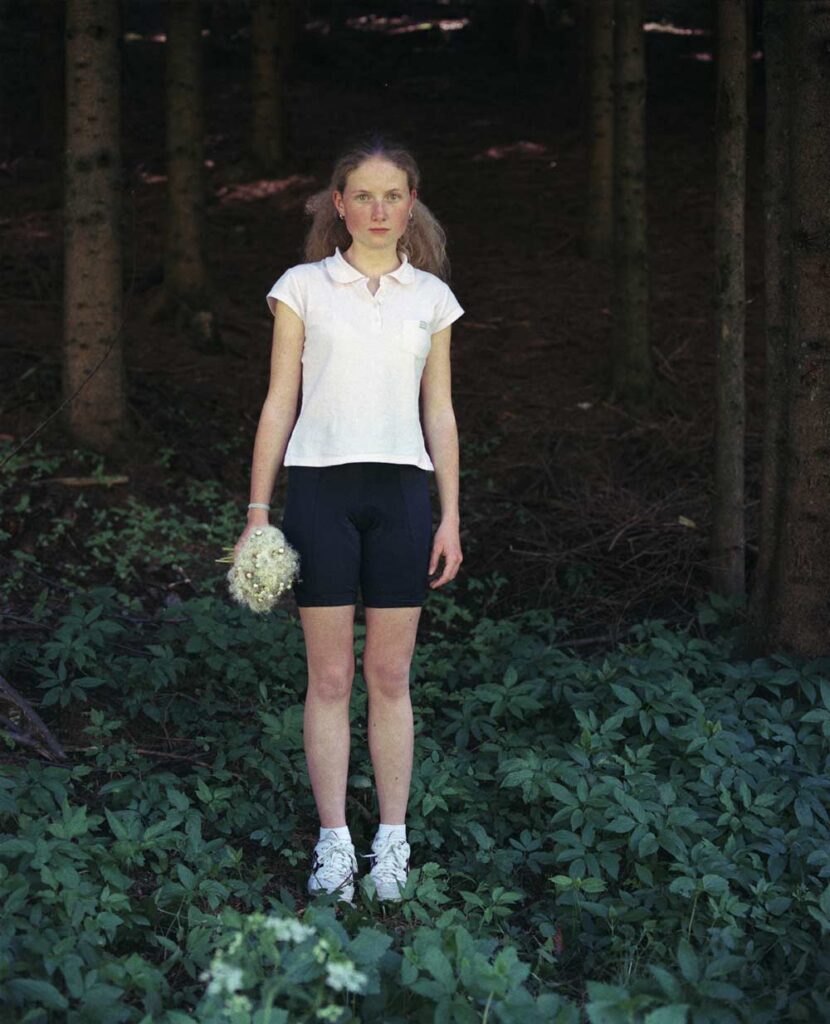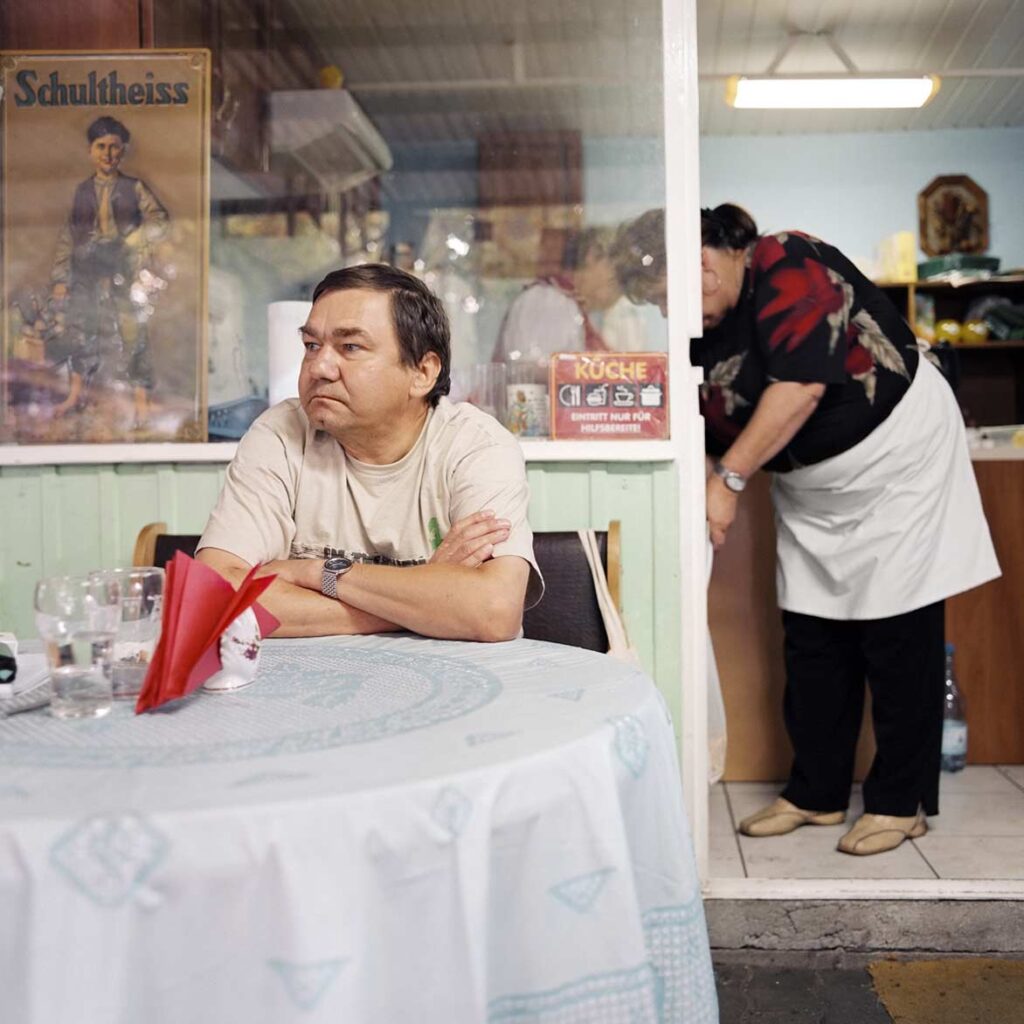Dagmar Schwelle, Frank Gaudlitz
Begegnungen mit Europa
The exhibition at the FOTOHOF thematises “borders” as dividers and unifiers on the basis of two photographic exploratory journeys along the Danube and from Ivangorod (Russia) to Gmünd (Lower Austria). Frank Gaudlitz travelled to numerous places along the Danube in 2003 and 2005. From the Ukraine to Germany, he created a photo series in which portraits of people living there, their wishes and ideas about the EU are juxtaposed. Texts and images reveal socio-economic differences and the temporally shifted modernisation process between the South-East and the West of Europe.
In contrast to this east-west direction, Dagmar Schwelle was interested in places that, after an often changeable history, had been divided since the end of the Second World War and were reunited in the course of the eastward expansion or divided again by it. She conducted interviews in four divided border towns, asking the same questions to an under-30-year-old and an over-70-year-old. Terms such as “Europeans”, “East/West” and “border” are questioned in their meaning for the inhabitants. These two different portraits of inhabitants of a geographical area in the East that is foreign to us turn the theme of separating and connecting into a personal one by presenting us with concrete fates and giving us insights into the landscape and living space in their pictures. They confront us with the ideas, wishes and desires of the people living there, which are often very similar to our own despite all the social differences.


“In any case, the world has become very confusing. The East has moved further into the East. What it uncovered in this movement, the nameless centre that was soon overarched by the EU, has now gained contours for those who look. These contours will not blur again so quickly, even if the new bloc has set out to become borderless within itself.” (Dagmar Schwelle)